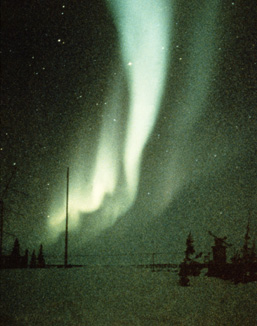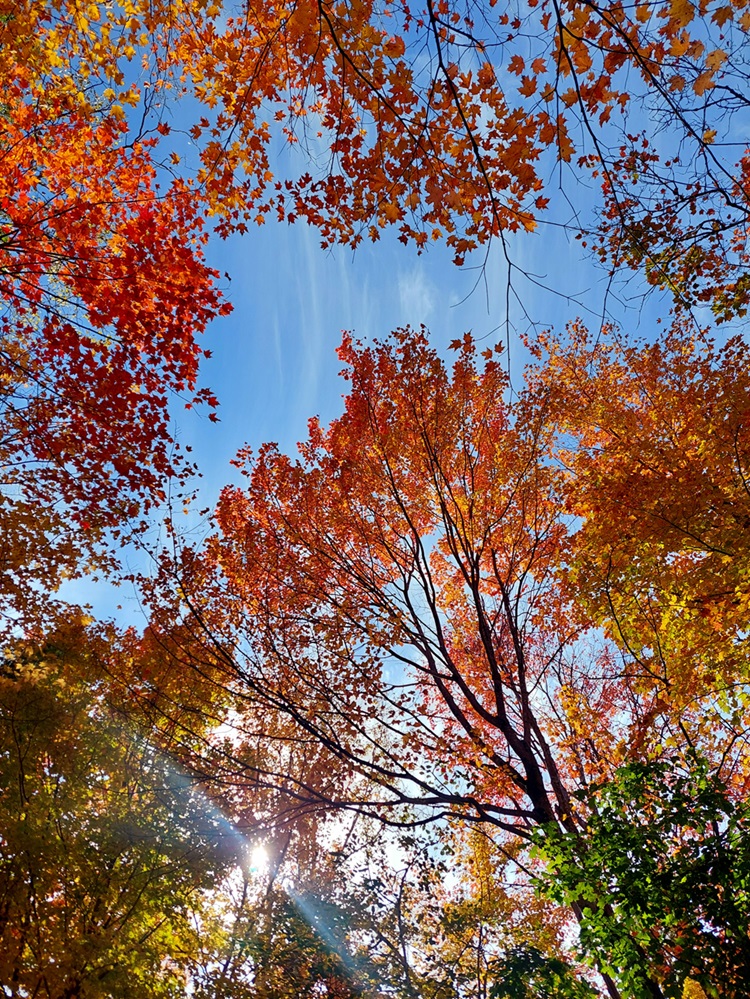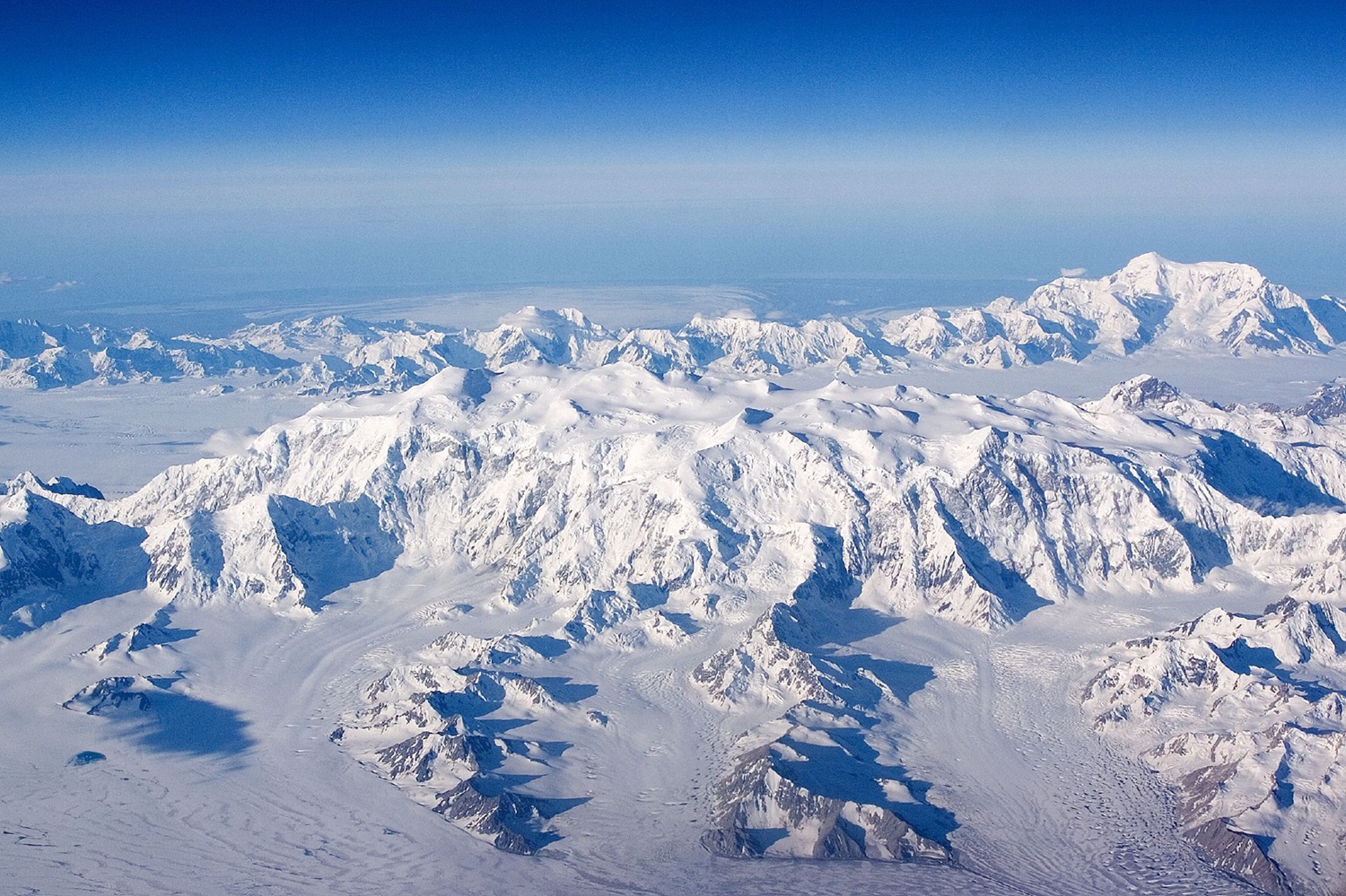The northern lights, or aurora borealis, are a dynamic display of multicoloured luminosity appearing in the day or night sky in the high latitudes of the Northern Hemisphere. At any instant of time, the auroras are arrayed along a band (the auroral oval) with the North Magnetic Pole near its centre. The southern hemisphere gets a similar display known as the southern lights or the aurora australis, centred around the south magnetic pole.

Description
The northern lights form a band that is normally about 500-1,000 km wide. Its average position in Canada is over Yellowknife, Northwest Territories, to the west, and Grande rivière de la Baleine, Quebec, to the east. During intense activity, the oval may expand as far south as Miami, Florida (August 1972), and beyond. The luminosity can fluctuate violently, particularly near local midnight when explosive bursts of activity called substorms are triggered.

The most common colour of auroras is green, but pinks, purples, reds, yellows and blues may also be seen. Often, the northern lights will appear as a hazy band of green light across the sky. During peak activity, the edges may sharpen to from a clearer ribbon-shape and move or “dance.” Distinct colours and shapes are often easier to see using long-exposure photography.

Cause
Auroras originate in the ionosphere, the upper atmosphere 100-300 km above the Earth's surface. They are caused primarily by energized electrons (1-20 kilo-electron volts) which are accelerated towards the ionosphere from a region 5,000-20,000 km above the Earth's surface. These energetic electrons bombard the upper atmosphere and "excite" atmospheric constituent particles. When these particles return to less excited states, they give off light. Green or red light comes from excited atomic oxygen; purple light from excited molecular nitrogen.

Current theory states that the energy driving auroras is obtained from the solar wind, a gas composed primarily of protons and electrons, blowing away from the sun at supersonic velocities of 300-1000 km/s (see physics). The solar magnetic field is embedded in the gas and is pulled by the wind deep into interplanetary space. The wind interacts with the Earth's magnetic field, distorting it to form the magnetosphere (i.e., the comet-shaped cavity, blunt end towards the sun, carved in the interplanetary medium by the Earth's magnetic field). The magnetosphere is broken near each pole by a cleft region. Some solar-wind plasma, slowed and heated by interactions with the magnetosphere, enters the cleft region and penetrates directly to the ionosphere, causing the dayside auroras. However, most of the particles leaking into the magnetosphere are trapped behind the Earth, and through processes analogous to convection end up flowing towards the Earth. Some of these particles are accelerated into the nightside ionosphere, causing brilliant auroras.

The amount of energy leaking into the magnetosphere is regulated predominantly by the strength of the interplanetary magnetic field and its direction in relation to the Earth's magnetic field lines at the outer boundary of the magnetosphere. Activity also varies with solar activity like sunspots and solar-flare occurrences.

Auroras are the visible portion of the dissipation of the energy which has entered the magnetosphere from the solar wind. This energy is also dissipated through ohmic heating (i.e., heat generated by electric current flow through a resistor). This process involves giant currents, sometimes in excess of one million amperes, which flow through the resistive ionosphere in the region of luminous auroras. These currents create magnetic fields which can make compass needles show direction incorrectly and which can cause surges in power lines resulting in electric-power outages.

Cultural Importance
The northern lights have held a great cultural importance to many peoples for thousands of years. To many, such as the Cree and Inuit, the northern lights symbolize spirits dancing across the sky. Often, the northern lights specifically represent the spirits of the ancestors and a connection to the spirit world and must be treated with great respect and reverence. Many Indigenous cultures also include northern lights in various of their oral traditions.

Recently, Canadian researchers placed an ultraviolet imager aboard the Swedish Viking satellite and succeeded in obtaining a global view of the auroras.


 Share on Facebook
Share on Facebook Share on X
Share on X Share by Email
Share by Email Share on Google Classroom
Share on Google Classroom



